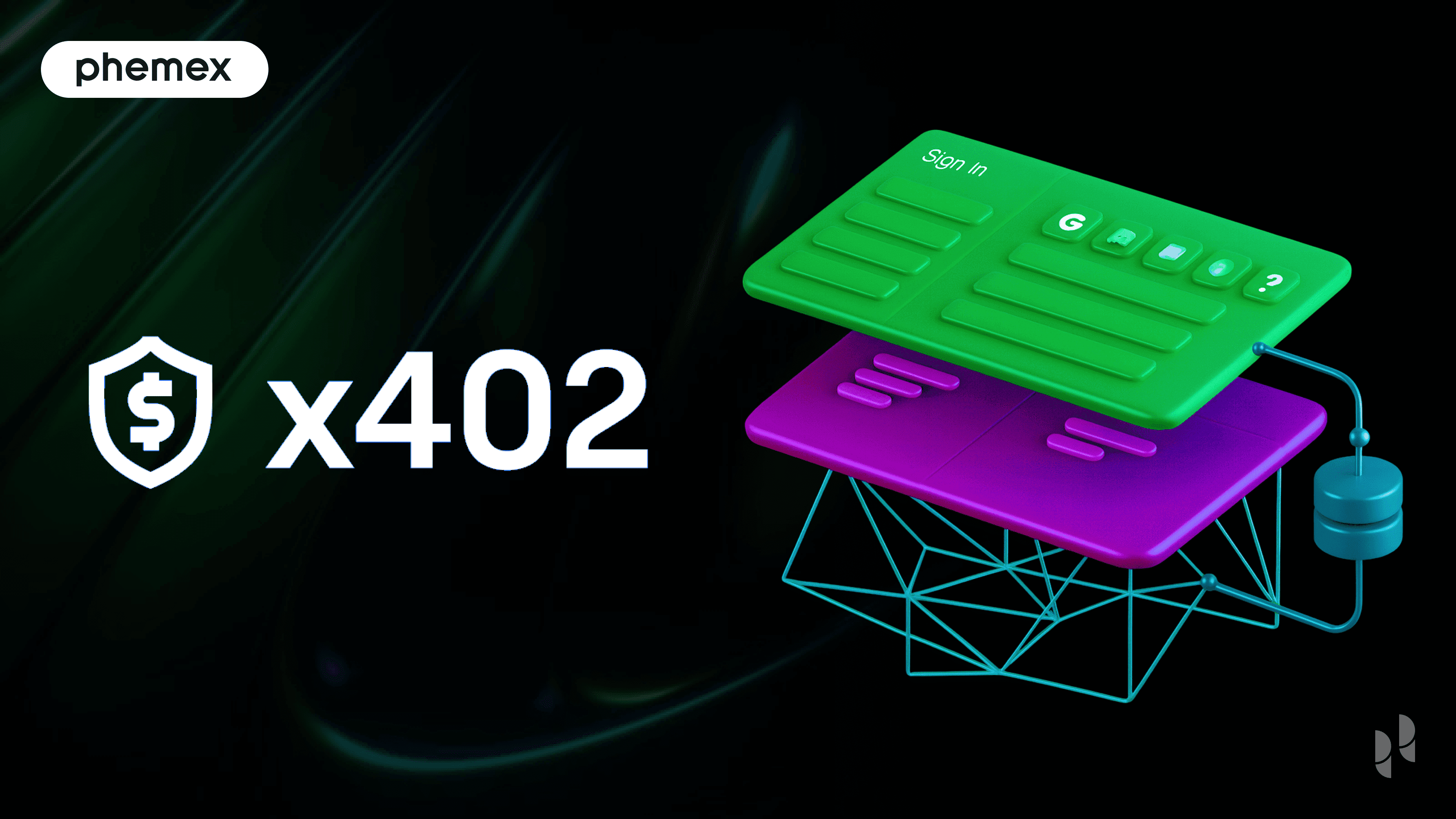Summary
- An epoch is a fixed timeframe to provide all miners/ validators a common frame of reference for scheduled events on a blockchain.
- These events can be the time taken to produce blocks to the network, when incentives and rewards are paid out as well as when scheduled maintenance changes are made.
- One of the most common uses of epochs is in crypto staking rewards, where stakers use epochs to determine how long they would need to stake their tokens as well as the size of potential rewards they stand to make.

Epoch Definition
An epoch in the context of cryptocurrency is a period of time used to mark specific events in the life of a blockchain network.
These events can be the creation and addition of new blocks to the blockchain e.g. the Bitcoin blockchain started at epoch 0.
It can also be used to specify when incentives will be distributed on the blockchain or when new validators will be assigned to verify transactions.
Think of epochs as calendars for blockchains.
As most crypto and blockchain enthusiasts know, blockchains are typically decentralized, meaning there is no central authority. Epochs help blockchains enforce guidelines without any central authority by guiding the consensus process. They do this by scheduling tasks at the appropriate time, thereby allowing the nodes in the network to process transactions in a fast, efficient manner to maximize network speed and security.
Take, for instance, the verification of transactions and the creation of new blocks. Computer nodes in a network need to be able to spot valid transactions and quickly add them to blocks.
For this reason, computer nodes need to know the specific time a block was created. Otherwise, recording transaction blocks with different time frames will lead to errors in the blockchain’s data. Epochs make the consensus process faster and more secure by making sure the computer nodes are getting accurate information on blocks of transactions.

Uses of Epochs in Cryptocurrency
Epochs in cryptocurrency serve key roles in the life of a blockchain.
The first is making sure that all network nodes are in agreement as to when a particular block was created. Sometimes, it happens that some nodes are offline while a new transaction block is being created. Since epochs use a fixed time frame, nodes can easily check when a block or group of blocks was created, and how many blocks have been created in the time that they were offline.
Another key role epochs serve in crypto is that it protects the network from bad actors who try to manipulate the data stored on blockchains in order to steal funds or double spend. Double spending is when someone spends more money than is contained in their crypto wallet.
Epochs help prevent this kind of malicious attack by sealing information at the end of every epoch. They also help the blockchain process data in smaller chunks, making the network faster and more efficient.
In addition, crypto epochs help to prevent data inconsistencies caused by forks.
Usually, after each epoch, blocks are created and the validators are reshuffled so the process can start all over. Epochs ensure that only one set of validators is active on the network at any given time. This makes the information on blockchains tamper-proof.
Finally, epochs can also be used to mark when incentive rewards will be handed out. This happens in blockchains that use a proof-of-stake (PoS) consensus mechanism to validate transactions, e.g Cardano, Tezos (XTZ), and Tron (TRX).
How Do Epochs Work?
Epochs consist of slots, which can be defined as the smallest unit of a blockchain that can contain a block. In each slot, the network can nominate a node to act as slot leader. The slot leader can then decide to create a block—which is used to store new transactions that have been verified by selected network participants.
How Long Is an Epoch in Crypto?
The length of an epoch is usually determined by the blockchain in question. In the case of proof-of-work (PoW) blockchains, the length of the epoch will depend on the time it takes selected nodes to solve equations and add new blocks to the network.
The size of the blockchain and its consensus protocol will also affect the length of an epoch. For example, the PoW blockchain known as Bitcoin has epochs that last 10 minutes, while Ethereum, another PoW blockchain, has 12-second epochs.
What Is Epoch in Crypto Staking?
An epoch in crypto staking refers to how long a node will have to stake tokens to be eligible to participate in the consensus mechanism for a proof-of-stake blockchain.
A proof-of-stake blockchain relies on its nodes locking up some tokens in a stake pool for a specified period of time. The nodes who have staked tokens will have a chance of being selected by the network to serve as validators. At the end of the epoch, the nodes will be rewarded with some extra tokens for their validation work, depending on how much stake they contributed to the network.

Different proof-of-stake blockchains have different timeframes for their epochs depending on the network regulations. Cardano (ADA), the biggest proof-of-stake network uses 5-day epochs. Rewards for staking Cardano ADA tokens are paid out every 4th epoch after a snapshot.
Let’s take a closer look.
Cardano ADA Epoch Explained
Cardano (ADA) is one of the largest proof-of-stake blockchains in the world. It uses the Ouroboros Praos, a specially customized proof-of-stake consensus protocol that splits the network epochs into five-day slots. These five-day epochs are then broken down into 20-second blocks. Each five-day epoch consists of 432,000 slots.
At the beginning of each ADA epoch time, a snapshot is created to show how the coins used for staking in the previous epoch were distributed. The snapshot contains all the pledges belonging to pool operators as well as all the delegated coins in the pools.

A detailed version of epoch crypto staking. (Source: Cardano Forum)
Snapshots determine how much stake enters a pool, and the chances of any pool going on to become a slot leader, and thus create blocks. There is a fixed cost for running a Cardano stake pool, which is usually around 340 ADA per epoch.
It is worth mentioning that for any action taken in a current ADA epoch, rewards are only given out in the fourth epoch from the next snapshot.
For instance, if you delegated coins to stake pool A in epoch 21, you will only receive rewards influenced by the performance of pool A in epoch 25.
ADA Staking Cost Per Epoch
A staking cost per epoch refers to the amount of money spent on running a Cardano stake pool per epoch. The Cardano blockchain sets a minimum fee of 340 ADA tokens per epoch. This is for running all the required servers including block producer nodes and relay nodes.
The number of rewards a person earns for staking Cardano ADA tokens depends on the crypto exchange used as well as the ADA epoch time length.
Some crypto exchanges offer up to 11.23% APY returns on coins staked for up to 90 days. Those exchanges also tend to offer between 7.75% to 8.24% annual percentage yield on ADA coins staked for 30 – 60 days.
Friendly note: there are risks when it comes to crypto staking; in some cases, stakers will not be able to withdraw or sell the staked tokens during the duration of the epoch.
Read More
- What is Cryptocurrency & How It Differs From Digital Cash
- What is Cryptocurrency & How does it Work?
- https://phemex.com/academy/defi
- Ethereum 2.0 – Everything You Need to Know
- How To Do Crypto Research: The Best Ways to Get Started
- What Are Crypto Tokens? How Do They Work?
- What Are Non-Fungible Tokens (NFTs): Introduction to NFTs
- How To Trade Crypto: The Ultimate Investing Guide








